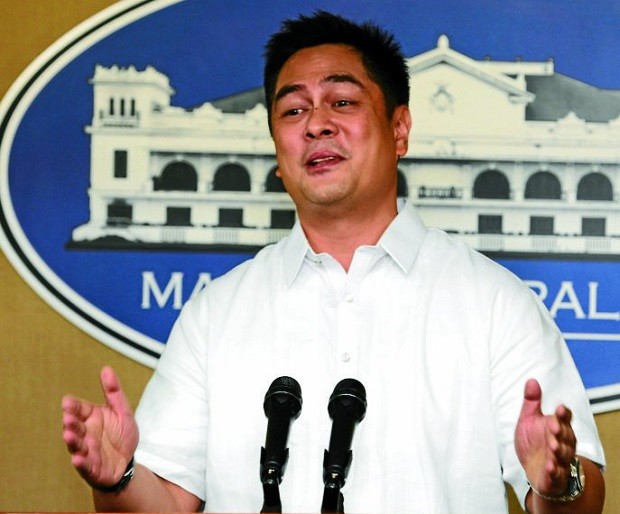‘EO on FOI, task force vs media killings to avoid repeat of massacre’
As the world marks the seventh year of one of the deadliest attacks on journalists, Malacañang on Wednesday said the Duterte administration has taken concrete steps to avoid a repeat of the grisly murders of 58 people, among them 32 media workers, in what is now known as the 2009 Ampatuan massacre.
Presidential Communications Secretary Martin Andanar said President Rodrigo Duterte’s separate orders allowing freedom of information (FOI) in the executive department and creating a task force on media killings were intended to protect journalists from physical violence.
“Through these twin government initiatives, we hope to make the Philippines known not only for its vibrant democracy, where freedom of the speech and of the press reign supreme, but also a safe place to work for members of the media,” Andanar said in a statement.
“Seven years after the gruesome massacre happened in 2009, justice remains elusive to the victims and to their loved ones. The nation, thus, feels a sense of outrage by the turtle-paced grind of the judicial process,” he said.
On Nov. 23, 2009, a convoy of vehicles carrying journalists and relatives of Maguindanao Gov. Esmael Mangudadatu were held at gunpoint by a group of heavily armed soldiers, policemen and militiamen supposedly led by then Mayor Andal Ampatuan Jr. of Datu Unsay town, Maguindanao province.
The journalists were supposed to cover the filing of the certificate of candidacy of Mangudadatu by his wife Bai Genalyn and other female relatives.
Witnesses said the victims were shot at close range while pleading for their lives. They were buried along with their vehicles using a backhoe owned by the provincial government of Maguindanao, which had been under the control of the once powerful Ampatuan clan.
The carnage has been regarded as the bloodiest and worst single attack on members of the media anywhere in the world. It also made the Philippines as one of the most dangerous places for journalists.
Ironically, Duterte has earned the ire of international and local media groups for justifying the killings of “corrupt” journalists and for his treatment of female reporters.
Just five months into his six-year term, the President had been at odds with some reporters for asking probing questions about his brutal drug war and other controversial remarks.
Andanar reminded the public that fighting impunity and ensuring the safety of media members “require serious action and cooperation of all.”
He said the President issued Executive Order No. 2 adopting FOI for agencies under the Office of the President in recognition of the “people’s constitutional right to information and the state policies to full public disclosure and transparency in the public service.”
READ: Duterte signs FOI order
The online version of the FOI order would be made available to public on Friday, according to Andanar.
In addition, the Malacañang official said Duterte signed an administrative order establishing the Presidential Task Force on Media Security.
READ: Duterte forms presidential task force vs media killings
“The task force has already submitted to the President its inventory of cases of violence perpetuated upon media workers to serve as the benchmark for assessing progress in each case,” said Andanar.
He said the newly created body would release reports of its activities every six months starting April 2017. RAM
